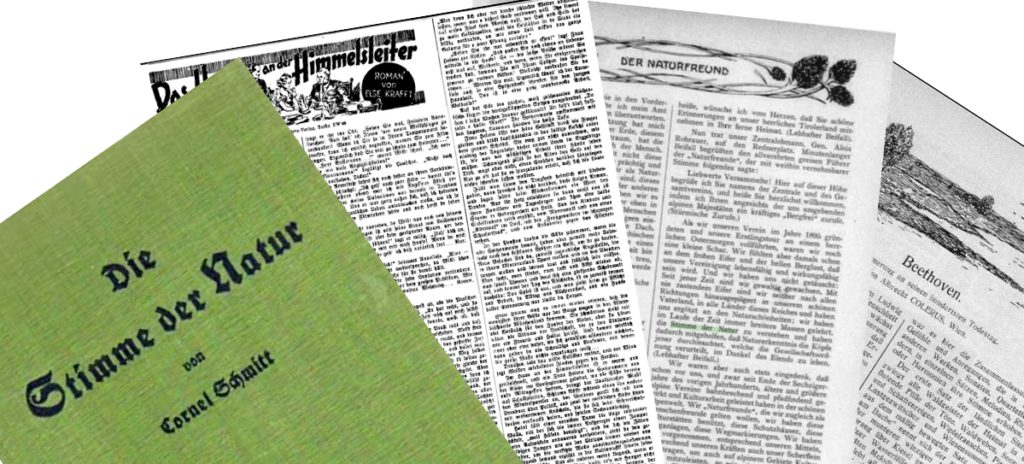As we begin to draw our project’s key findings together for an upcoming special issue of the Journal of Literature and Science, the following has been co-written by all members of our project team: Jamie Castell, Wilko Hardenberg, Anne Hehl, Francesca Mackenney and Martin Willis.
Our project operates in a period largely before the widespread use of mechanical recording technology. As a result most of our sources are textual. As we work together across different disciplines, we have found it useful to use the term ‘textual recording’ to describe the sounds we encounter in our literary, historical and scientific research materials. Unlike mechanical and electronic recording, which reproduces a singular moment, textual recording can convey both the moment of sound and the impressions it leaves behind. Textual recordings of sound emerge in writing through description, transcription, prosody and affect. Textual recordings also offer insights into how sounds were perceived in the past, as writers describe not only what they heard but also their feelings, sensations, and the overall sonic environment they were experiencing. This allows for a more nuanced interpretation of nature’s sounds as cultural products.

In addition to representing how sounds were perceived by embodied individuals listening within a broader cultural context, textual recordings are particularly good at capturing the relationships between different sounds in a soundscape, even when those sounds were produced simultaneously. Textual recordings also capture the relationships between the sound and the listener; potentially enhancing the relationship between the human and the non-human. This is not an unmediated way of recording sound. The textual recording of soundscapes involves a process of selection, highlighting certain sounds to convey specific messages or impressions of the sounds produced in a particular landscape, which may be shaped by pre-existing or emerging ideologies of what natural soundscapes should or should not sound like. Textual recordings also capture the dynamism of sounds as they occur over time and in place. As a result, textual recordings are powerful indicators of change including, most importantly for our purposes, environmental change.
Technology has enabled us to hear sounds we have never heard before; scientists armed with underwater microphones can listen to and analyse the clicks of dolphins, the songs of humpback whales and other sounds which would otherwise escape the human ear. As numerous recent books and radio and television programmes have emphasised, technological developments have enabled us to eavesdrop on animal worlds teeming with communicative skills that reflect complex social organisations as well as emotional bonds and connections. The technology has in this respect brought us closer to the natural world, but something is lost as well as gained. We can listen to recordings of dolphins and whales, but alarming numbers of young (and older) people in the UK today cannot name or identify birds by the sounds they make, including familiar garden species such as robins and blackbirds.
Textual recording provides something different. In his efforts to ‘syllable the sounds’ of the nightingale, the English Romantic poet John Clare, with just a pen in hand, was nonetheless both an attentive listener and extraordinarily inventive in his attempts to get the sounds of the bird into his own writing. In some ways, the absence of recording technology may be seen to have required and enabled a different kind and quality of environmental awareness. This might be described as an immersive and extended attention—often extended long beyond the period in which the sound is heard—that illuminates the importance of the natural environment (the natural soundscape) to human creativity and expression.

